The Top 11 Hyperconverged Products In The Market: Forrester
IT research firm Forrester scores the top 11 hyperconverged software products in the market today including VMware vSAN, NetApp HCI, Nutanix AOS and Cisco HyperFlex.

Forrester Scores The Top Hyperconverged Software In The World
Forrester has scored the top eleven hyperconverged software products in the market today and stacked them side-by-side against each other to determine the best hyperconverged solution in the world today.
Some of the top software products the IT research firm reviewed includes the likes of Cisco HyperFlex, HPE SimpliVity, Nutanix AOS and VMware vSAN. Hyperconverged infrastructure (HCI) systems originally targeted virtual desktop infrastructure (VDI) workloads, but as capabilities improved, enterprise expanded their use of HCI to include enterprise software such as ERP, analytics, scale-out database and various workloads running in virtualized environments.
“This report shows how each provider measures up and helps infrastructure and operations professionals select the right one for their needs,” said Forrester analysts in the new Forrester Wave: Hyperconverged Infrastructure Q3 2020 report.
Here is how the top 11 HCI products stacked up against each another.

Forrester’s Scoring System
All scores in Forrester’s hyperconverged report are based on a scale of 0 (weak) to 5 (strong).
In its 35-criterion evaluation of hyperconverged infrastructure providers, Forrester identified the 11 most significant products which hail from Cisco, DataCore Software, Hewlett Packard Enterprise, Huawei, Microsoft, NetApp, Nutanix, Pivot3, Red Hat, Scale Computing and VMware.
The analysts researched, analyzed and scored each vendor product around three segments: Product Offering, Strategy and Market Presence.
A ‘Product Offering’ score is based around its capabilities around platform support, solution scalability, manageability and ease of operations, storage functions, and professional services and consulting. For ‘Strategy’, analysts scores were based on customer feedback and product strategy. In the ‘Market Presence’ category, vendors were scored on their install bases, engagement with channel partners and partnerships with other technology vendors in the data center infrastructure market.
It is key to note that Forrester’s HCI report is on HCI software, which is why hyperconverged offerings from the likes of Dell Technologies and Lenovo were excluded from the report.
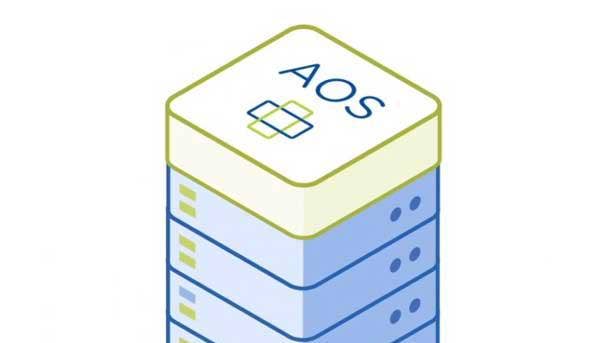
Nutanix AOS
Product Offering: 4.75
Strategy: 4.46
Market Presence: 4.80
Nutanix’s AOS version 5.16 received the highest scores in both Product Offering and Market Presence, with a near perfect score of 4.75 and 4.80, respectively. Nutanix AOS also tied for first place with VMware vSAN in terms of Strategy with a score of 4.46.
The San Jose, Calif.-based company reached perfect scores of 5 for storage functions, manageability and ease of operations, professional services and consulting, customer feedback, and technology and channel partners. Nutanix AOS was the only product in Forrester’s report that did not score below a 4 in any product, strategy or market presence category.
“Nutanix clients are increasingly adopting the Acropolis Hypervisor (AHV), and we expect to see an increase in the list of HCI features and capabilities for its native virtualization technology grow as well. This, along with a growing bouquet of maturing Nutanix Xi services, will make Nutanix HCI a more natural choice for AHV deployments versus (VMware) vSphere environments,” said Forrester. “Nutanix is marching with a vision to server enterprise IT beyond just HCI.”
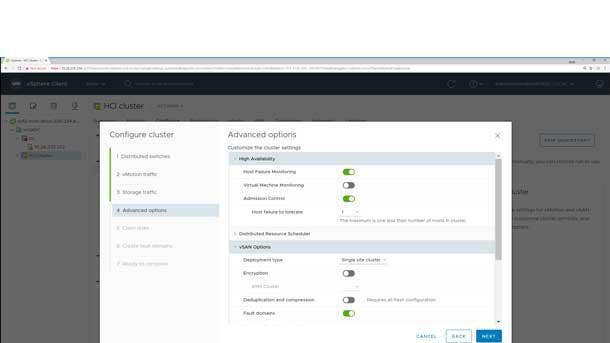
VMware vSAN
Product Offering: 3.99
Strategy: 4.46
Market Presence: 4.30
VMware vSAN 7 ranked in second place for both Product Offering and Market Presence with scores of 3.99 and 4.30, respectively. VMware’s vSAN version 7 tied for first place with Nutanix AOS 5.16 in the Strategy category with a score of 4.46.
The Palo Alto, Calif.-based company received a perfect score of 5 for customer feedback, as well as high marks around manageability and ease of operations, product strategy and installed base. The only category where VMware received a lower score than a 4 was in storage functions with a score of 3.70.
“VMware dedicates a large R&D team to vSAN development and integration with applications from its ecosystem partner vendors. Based on its architecture, licensing, and go-to-market strategy, VMware continues to gain significant market momentum,” said Forrester. “VMware is capitalizing on its massive installed based and a strong partner ecosystem.”
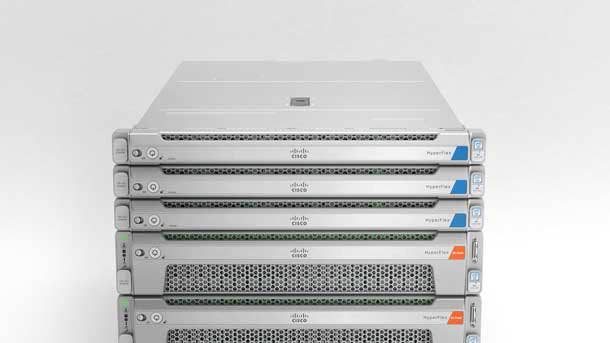
Cisco HyperFlex
Product Offering: 3.98
Strategy: 3.38
Market Presence: 3.50
Cisco HyperFlex version 4.02a was close to catching VMware vSAN 7 for second place in Product Offering, but was just short with a score of 3.98. Cisco Hyperflex placed fourth in Market Presence with a score of 3.50, while falling amongst the middle of the pack for Strategy by scoring a 3.38.
The San Jose, Calif.-based longtime networking market share leader scored a perfect 5 in customer feedback as well as high grades in storage functions, solution scalability and channel and technology partners.
“Cisco HyperFlex supports multiple hypervisors, and its CSI interface offers persistent storage for containers. It includes many enterprise-class features, such as stretched cluster and logical availability zones, making the HyperFlex stack highly dependable.,” said Forrester. “Cisco HyperFlex is feature-rich and future focused but confined to its installed base.”
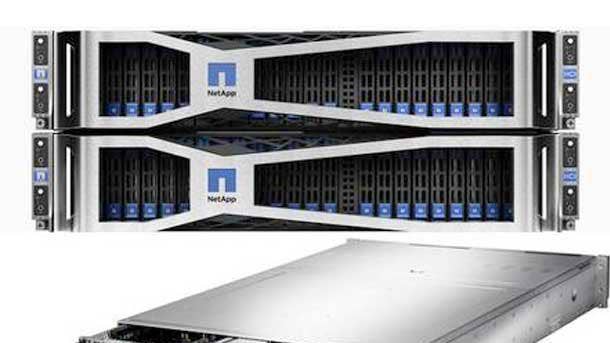
NetApp HCI
Product Offering: 3.43
Strategy: 2.58
Market Presence: 2.70
NetApp HCI version 2.10 placed fourth in Product Offering with a score of 3.43 and was amongst the middle of the back for Market Presence by scoring a 2.70. NetApp HCI scored among the lower vendors in terms of Strategy with a score of 2.58.
The Sunnyvale, Calif.-based company received a perfect score of 5 for professional services and consulting, along with a score of 4.60 for manageability and ease of operations. NetApp HCI didn’t do too well regarding platform support and product strategy with scores of 2.50 and 2.30, respectively.
“NetApp HCI is available only as an appliance; its solution architecture is different from others in the industry. Its disaggregated architecture enables easy, independent, and large scale-out of compute and storage nodes. Based on the SolidFire Element OS, NetApp now has one of the most comprehensive storage QoS systems in this market,” said Forrester. “NetApp provides a strong technology solution but not a clear message.”

HPE SimpliVity
Product Offering: 3.32
Strategy: 3.65
Market Presence: 4.20
Hewlett Packard Enterprise (HPE) SimpliVity version 4.0.1 placed fifth in Product Offering with a score of 3.32. HPE SimpliVity ranked among the top players in both Strategy and Market Presence with scores of 3.65 and 4.20, respectively.
The San Jose, Calif.-based company scored a percent 5 in professional service and consulting as well as channel and technology partners. HPE SimpliVity’s product offering score was lower than its competitors mainly due to a low score of 2.16 in platform support.
“HPE SimpliVity offers a rich set of global multisite data management functions anchored by an always-on global deduplication and compression architecture. It includes a comprehensive set of backup/recovery features, snapshot management capabilities, disaster recovery (DR) capabilities, and LAN/WAN optimization” said Forrester. “Hewlett Packard Enterprise SimpliVity is a strong solution but has had R&D setbacks.”
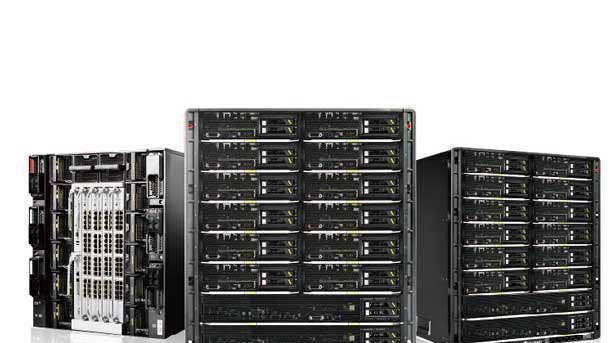
Huawei FusionCube
Product Offering: 3.16
Strategy: 3.50
Market Presence: 3.10
Huawei FusionCube version 6.0 generated a score of 3.16 in Product Offering. Huawei FusionCube was also among the middle of the pack for both Strategy and Market Presence with scores of 3.50 and 3.10, respectively.
The China-based technology conglomerate received a perfect store of 5 for both professional services and consulting, and customer feedback. Huawei FusionCube’s two lowest scores were 2.50 in product strategy and 2.00 for channel and technology partners.
“FusionCube has gained significant traction with existing Huawei enterprise customers, especially those in the telecom industry in mainland China, Southeast Asia, EMEA, and Latin America. FusionCube‘s interface is easy to navigate and operate, but based on the use cases it performs and serves, it appears to be disjointed,” said Forrester . “Huawei is strong in several geographies and is a good fit for its telco clients.”
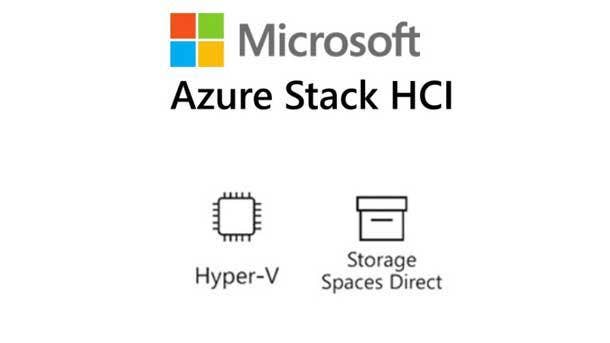
Microsoft Azure Stack HCI
Product Offering: 2.97
Strategy: 3.84
Market Presence: 2.50
Microsoft Azure Stack HCI version 2.1 generated a Product Offering score of 2.97. The Microsoft Azure Stack HCI did well in Strategy with a score of 3.84, while its Market Presence was amongst the middle of the pack at 2.50.
Most of the Redmond, Wash.-based software giant’s scores were average, but the Azure Stack HCI excelled in product strategy with a score of 3.50. Microsoft’s hyperconverged stack received low scores of 2.60 for both solution scalability and storage functions.
“ Azure Stack HCI supports Microsoft‘s Hyper-V hypervisor only. Microsoft bundles a number of innovative capabilities around data management, resiliency, performance, and higher storage efficiency into Azure Stack HCI, a part of Windows Server 2019 edition ,” said Forrester. “Microsoft is a good fit for companies that want a homogenous hybrid infrastructure.”
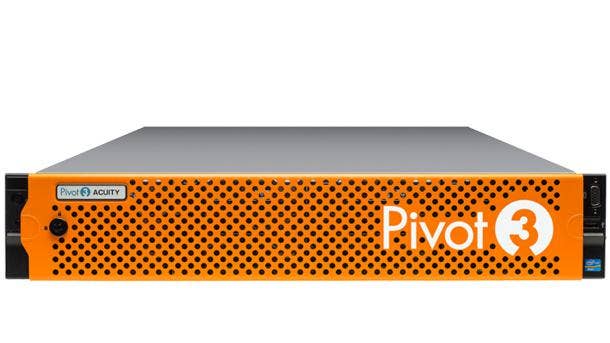
Pivot3 Acuity
Product Offering: 2.92
Strategy: 3.18
Market Presence: 1.90
Pivot3 Acuity version 10.4 received a score of 2.92 for Product Offering. The hyperconverged solution placed among the bottom players for both Strategy and Market Presence with scores of 3.18 and 1.90, respectively.
The Austin, Texas-based hyperconverged and video-based workload specialist received a 4.00 for professional services and consulting, as well as a 4.34 in customer feedback. Pivot3 Acuity received low score of 1.40 in solution scalability.
“ Pivot3‘s solution has much broader acceptance in the surveillance market than in the data center use deployment. Because of its hyperfocus on the surveillance market, this vendor has recently come under pressure due to reduced overall spending,” said Forrester. “Pivot3 offers a robust hyperconverged solution for the video surveillance market.”
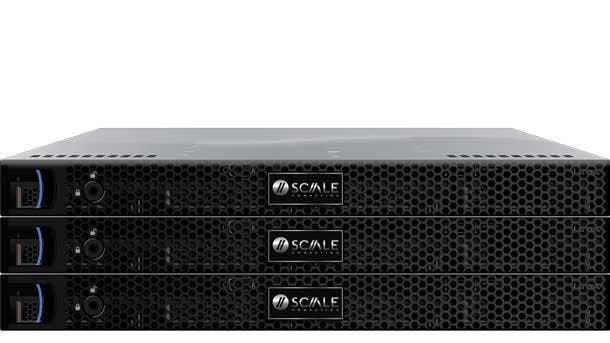
Scale Computing HC3
Product Offering: 2.71
Strategy: 3.86
Market Presence: 2.00
Scale Computing HC3 Hypercore v.8.8 received a Product Offering score of 2.71, while it placed third only behind VMware and Nutanix for Strategy by scoring a 3.86. Scale Computing HC3 Hypercore ranked among the bottom of the pack for Market Presence with a score of 2.00.
The Indianapolis, Ind.-based HCI and edge computing innovator received a perfect score of 5 in customer feedback and a high 3.10 in product strategy. Scale Computing HC3 Hypercore had a low score of 1.00 for installed based as well as a 2.00 for professional services and consulting.
“ Scale Computing has ambitious roadmap plans, and achieving them will position its offerings for mission-critical application deployments. Scale Computing offers a low-cost, reliable solution, especially for ROBO locations, but it won‘t appeal to IT leaders standardized on a Microsoft Red Hat or VMware hypervisor and looking for a consistent platform across data center and remote locations ,” said Forrester.
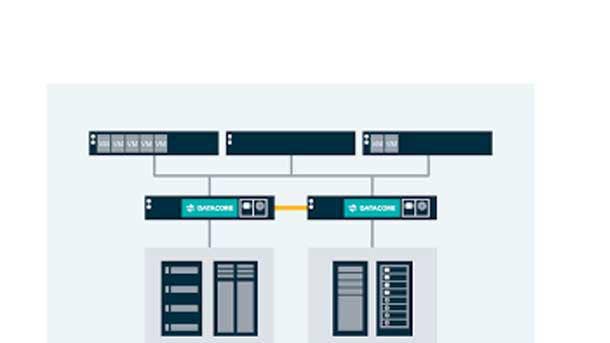
DataCore Software SANsymphony for HCI
Product Offering: 2.52
Strategy: 2.72
Market Presence: 1.50
DataCore Software’s SANsymphony for HCI version 10 PSP generated a score of 2.52 for its Product Offering. DataCore Software SANsymphony for HCI ranked low for Market Presence with a score of 1.50 while ranking among the bottom group with a score of 2.72 in Strategy.
The Fort Lauderdale, Fla.-based company received a perfect score of 5 for customer feedback while also scoring a 4 in professional service sand consulting. DataCore Software’s SANsymphony ranked the lowest in manageability and ease of operations with a score of 1.00 as well as a score of 2.00 for storage functions.
“DataCore Software supports one of the smallest HCI configurations in the market, requiring only two nodes for a cluster — ideal for ROBO deployments. It has fully functional public-facing REST and PowerShell APIs that users and partners can leverage to manage DataCore Software instances, integrate them into existing workflows, and automate those processes,” said Forrester. “DataCore Software enhances the value of existing storage infrastructure.”
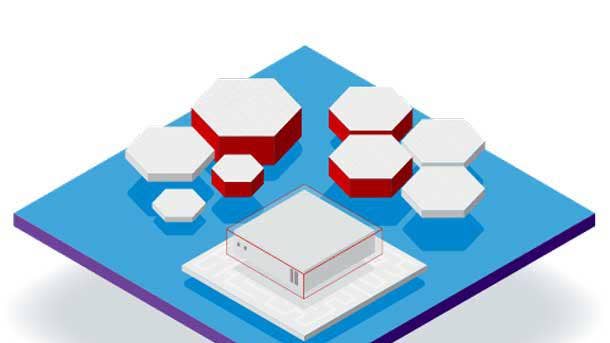
Red Hat Hyperconverged Infrastructure for Virtualization
Product Offering: 2.41
Strategy: 2.46
Market Presence: 1.00
Red Hat Hyperconverged Infrastructure for Virtualization (RHHI-V) version 1.7 received the lowest Product Offing grade in Forrester’s report with a score of 2.41. Red Hat Hyperconverged Infrastructure for Virtualization also ranked the lowest in Strategy and Market Presence with scores of 2.46 and 1.00, respectively.
The Raleigh, N.C.-based company, which is part of IBM, did received a score of 4.34 for customer feedback along with a 3.60 for storage functions. Red Hat’s hyperconverged software had low scores in installed based, channel and technology partners, product strategy, solution scalability and manageability and ease of operations.
“Despite Red Hat‘s wide customer base, RHHI-V hasn’t gained significant momentum because of a limited support matrix. While it provides a strong combination of hypervisor and OS, its capabilities are limited, especially around resiliency, QoS, scale, ease of operations, and security-related requirements,” said Forrester. “Red Hat suffers from two distinct competing product lines. … RHHI-V on its Red Hat Linux, KVM, and Gluster Storage and the second, Red Hat Hyperconverged Infrastructure for Cloud.”
Advertisement